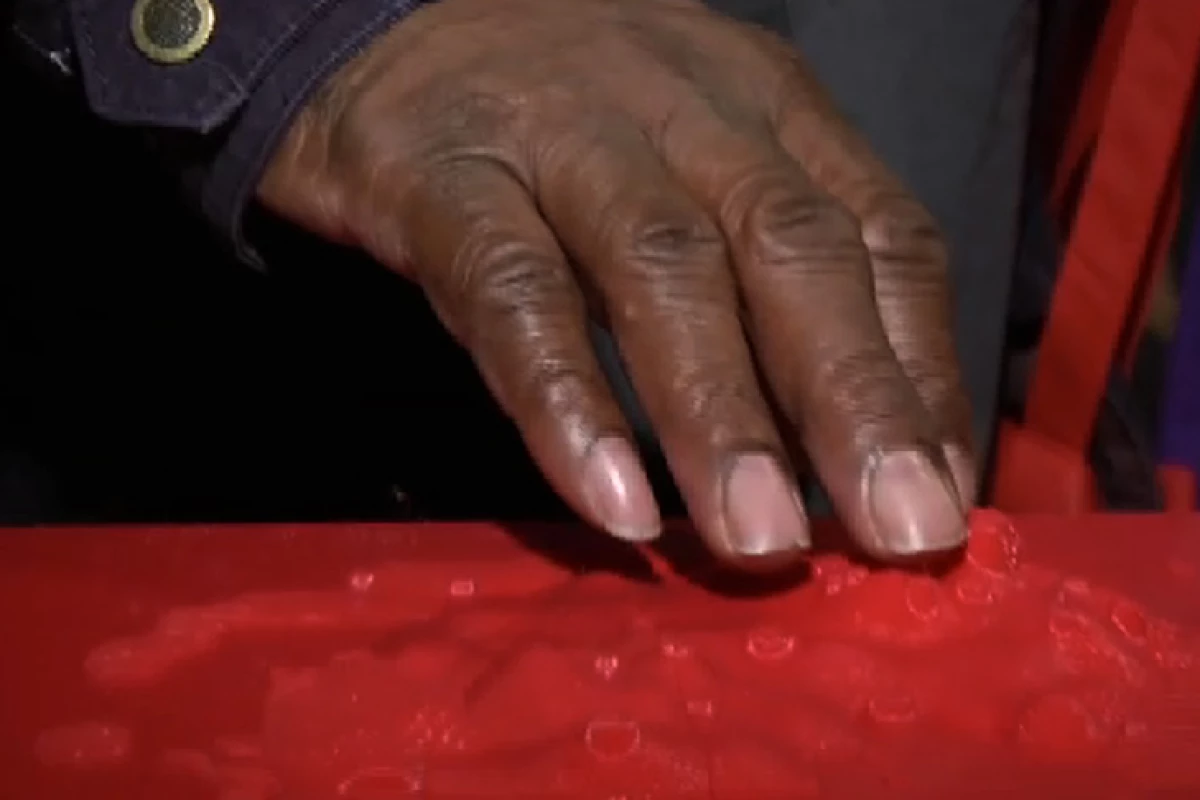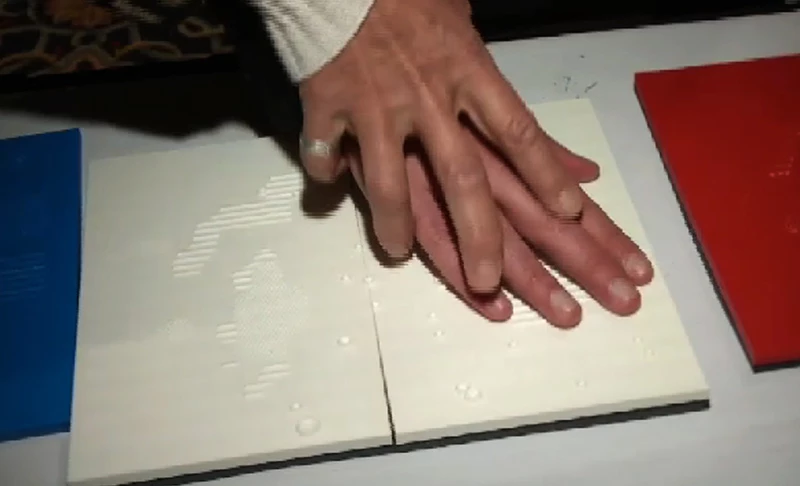Scientists have used 3D printing technology to transform images taken from the Hubble Space Telescope into tactile "pictures" for the blind. Astronomers Carol Christian and Antonella Nota of the Space Telescope Science Institute are experimenting with 3D models as a means of aiding education for people who cannot study visual images.
Christian and Nota are working with a team of experts in software design and in developing programs for people with visual impairments. Custom software has been developed to calculate and translate measurements such as size, brightness and distance from the Hubble images into 3D-printable designs.
Consideration has also been given to the textures that represent the different features in the Hubble images, such as gas, dust and stars, so that they can be easily distinguished by blind users. Noreen Grice, President of You Can Do Astronomy LLC and author of several tactile astronomy books, helped to select textures to represent different features.
Current prototypes are based on the star cluster NGC 602, located in our neighboring Small Magellanic Cloud galaxy. The prototypes render the stars, filaments, gas and dust seen in the visual images as raised open circles, lines and dots, with height used to indicate brightness. Textures have been chosen to be both easy to identify and to move fingers over quickly.
The prototypes have been tested with the help of about 100 visually impaired individuals at events sponsored by the Baltimore-based National Federation of the Blind (NFB), and feedback has helped to inform the development of the models by flagging up areas for improvement. For example, the group found that textures that worked well in certain materials were not necessarily so easy to distinguish in the plastic prints.
"We want to make sure that [users] can experience the texture and correctly identify it," Christian explained. "We were amazed during testing how quickly people identified the individual features and appreciated the complexity of the star cluster after using the printouts for a few minutes."
The team presented examples of its work at a press conference at the 223rd meeting of the American Astronomical Society in Washington on January 7. The long-term goal is to produce tactile pictures of all Hubble images and make them available online for 3D printing in schools, libraries, and by the public.
Source: Hubble







